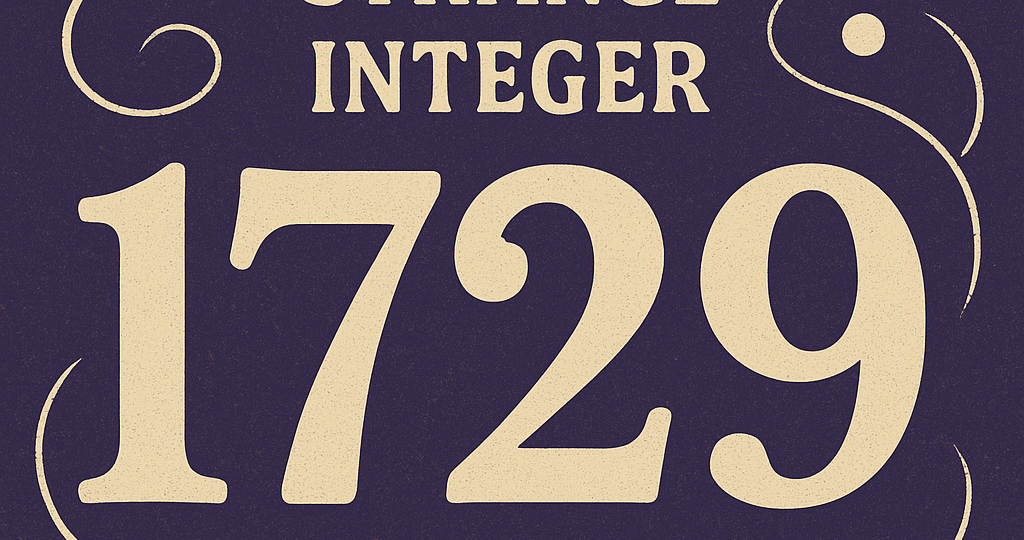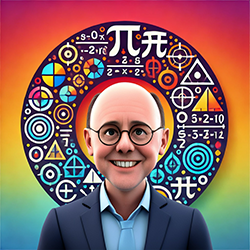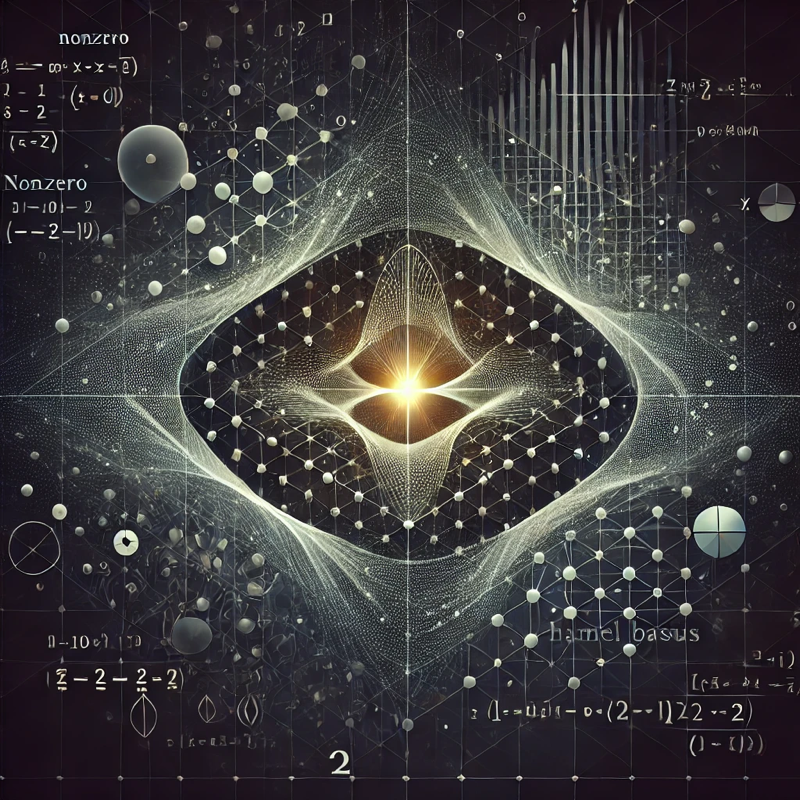
The Curious Case of 1729: The World’s Strangest Integer
Have you ever wondered if some numbers are more interesting than others? Most of us think of numbers as merely quantitative tools—we count with them, measure with them, calculate with them. But what if I told you that certain integers have personalities, histories, and even fame?
Let’s talk about what might be the world’s strangest integer: 1729.
Why this particular number? What makes it stand out among the infinite parade of integers marching along the number line?
1729 is known as the Hardy-Ramanujan number, and its story begins with a taxi cab and two mathematicians. G.H. Hardy, a prominent British mathematician, was visiting his Indian colleague Srinivasa Ramanujan in the hospital. Hardy, attempting small talk, mentioned that he had arrived in taxi number 1729, remarking that the number seemed “rather dull.”
Ramanujan’s response was immediate: “No, Hardy! It is a very interesting number. It is the smallest number expressible as the sum of two cubes in two different ways.”
And he was right. \(1729 = 1^3 + 12^3 = 9^3 + 10^3\)
But that’s just the beginning of what makes 1729 strange. Let’s dig deeper.
The Taxi Cab Number
This property—being expressible as the sum of two positive cubes in multiple ways—earned 1729 the nickname “taxicab number.” Mathematicians have since expanded this concept, defining Ta(n) as the smallest number that can be expressed as the sum of two positive cubes in n different ways.
So 1729 is actually Ta(2).
But what about Ta(3)? That would be 87,539,319. And Ta(4)? That jumps to an enormous 6,963,472,309,248. These numbers grow at a staggering rate, highlighting just how special our humble 1729 is.
More Strange Properties
The strangeness of 1729 doesn’t stop there. Consider these additional properties:
1729 is the third Carmichael number. (What’s that, you ask? A Carmichael number is a composite number that satisfies a certain property typically held by prime numbers, making them “pseudoprimes.”)
It’s also a Harshad number in multiple bases, meaning it’s divisible by the sum of its digits. In base 10: \(1+7+2+9 = 19\), and \(1729 \div 19 = 91\).
And if we look at its factors—\(1729 = 7 \times 13 \times 19\)—we find another curiosity: it’s a product of three consecutive primes in arithmetic progression (with a common difference of 6).
The Power of Mathematical Discovery
What makes the story of 1729 so compelling isn’t just these mathematical properties. It’s the human element—the flash of insight Ramanujan had, recognizing the hidden patterns in what appeared to Hardy as just another number.
Isn’t this the essence of mathematical beauty? Finding elegant patterns where others see only mundane digits?
And this leads us to a deeper question: Are these patterns inherent in the numbers themselves, waiting to be discovered? Or are they constructs of our pattern-seeking minds, imposing meaning on the abstract?
Perhaps the strangeness of 1729 isn’t really about the properties themselves, but about our relationship with mathematical objects. About how a taxi cab number can become a bridge between cultures, a testament to genius, and a reminder of how even the most ordinary-seeming things can harbor extraordinary secrets.
Beyond 1729
There are other contenders for the title of “world’s strangest integer,” of course. We could talk about 496, one of the perfect numbers known to ancient mathematicians. Or 42, with its pop culture significance as “the answer to life, the universe, and everything.”
But 1729 has something special—a blend of mathematical significance and human narrative that makes it more than just a number. It represents a moment of mathematical connection between two brilliant minds from different worlds.
So the next time someone asks you for an interesting mathematical fact, or you find yourself in taxi number 1729, you’ll have quite the story to tell. And perhaps you’ll look at numbers a little differently, wondering what strange and beautiful properties might be hiding in plain sight.
After all, in the infinite landscape of integers, strangeness and beauty often go hand in hand. And 1729 stands as proof that sometimes, the most fascinating discoveries are made not in the distant reaches of the number line, but in the seemingly ordinary numbers we encounter every day.
What’s your favorite strange integer?
RELATED POSTS
View all



